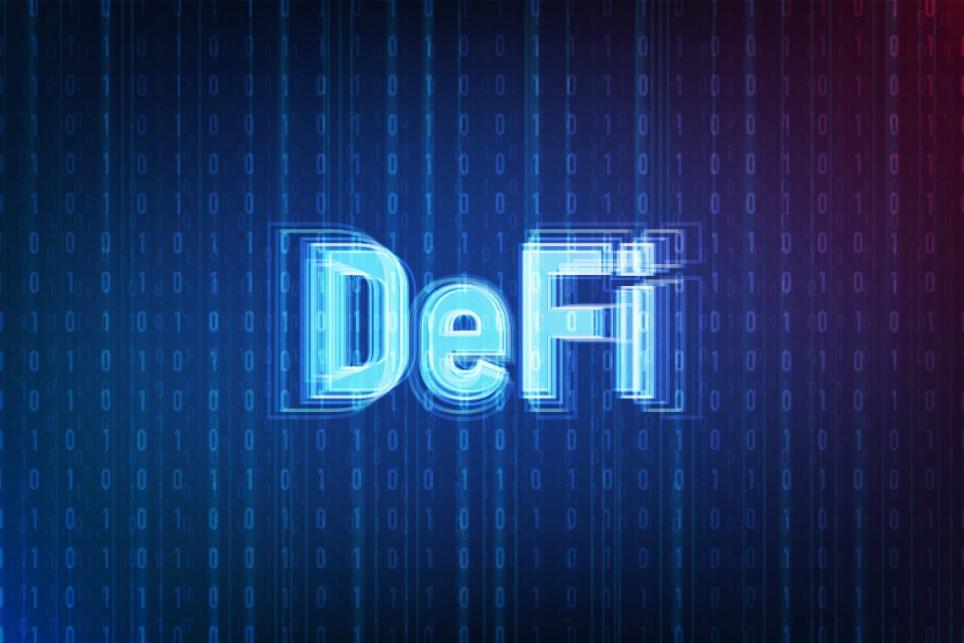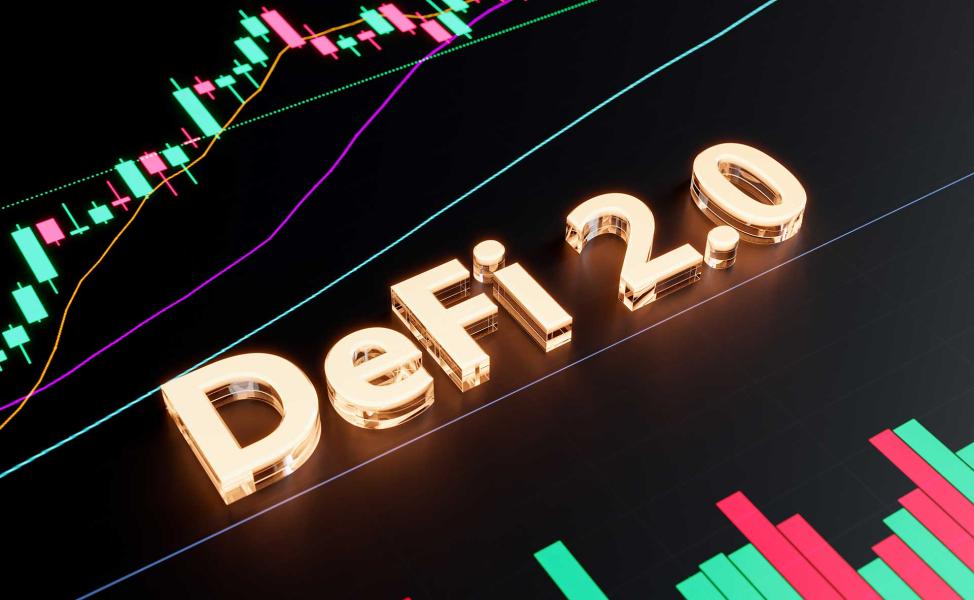What are the Different Types of DeFi Protocols?
Decentralized Finance (DeFi) has emerged as a transformative force in the financial landscape, challenging traditional financial institutions and offering a more accessible, transparent, and efficient alternative. At the heart of DeFi lies a diverse range of protocols, each catering to specific financial needs and unlocking new possibilities for users worldwide.

Types Of DeFi Protocols
Decentralized Exchanges (DEXs)
DEXs are peer-to-peer marketplaces where users can trade cryptocurrencies directly with each other, eliminating the need for intermediaries like centralized exchanges. Key features of DEXs include:
- Peer-to-peer trading: Buyers and sellers interact directly, setting their own prices and terms.
- Liquidity pools: DEXs use liquidity pools, where users deposit their funds to facilitate trading.
- Automated market makers (AMMs): AMMs use algorithms to determine prices and execute trades, ensuring liquidity and reducing the impact of large orders.
Popular DEXs include Uniswap, SushiSwap, and PancakeSwap, offering a wide range of trading pairs and decentralized financial services.
Lending and Borrowing Protocols
Lending and borrowing protocols allow users to lend their crypto assets to others and earn interest, or borrow funds using their crypto assets as collateral. Key features include:
- Interest rates: Interest rates are determined by supply and demand, creating a dynamic and competitive market.
- Over-collateralization: Borrowers typically need to provide more collateral than the amount they borrow, reducing the risk of default.
- Flash loans: Flash loans allow users to borrow funds instantly and repay them within the same transaction, enabling complex financial strategies.

Notable lending and borrowing protocols include Aave, Compound, and MakerDAO, facilitating a wide range of lending and borrowing activities.
Yield Farming and Liquidity Mining Protocols
Yield farming and liquidity mining protocols incentivize users to provide liquidity to DEXs or lending platforms by rewarding them with tokens or fees. Key features include:
- Liquidity provision: Users deposit their crypto assets into liquidity pools or lending platforms to earn rewards.
- Token rewards: Users receive tokens as rewards for providing liquidity, creating an incentive to participate.
- Fees: Users may also earn fees from trading activities or interest payments on borrowed funds.
Popular yield farming and liquidity mining protocols include Yearn.finance, Curve Finance, and Balancer, attracting users with attractive rewards and opportunities to participate in DeFi.
Derivatives Protocols
Derivatives protocols enable the trading of complex financial instruments like options, futures, and perpetual contracts. Key features include:
- Complex financial instruments: Derivatives allow users to speculate on the future price of an asset or hedge against risk.
- Decentralized trading: Derivatives protocols operate on a decentralized network, eliminating the need for intermediaries.
- Transparency: The blockchain records all transactions, providing transparency and security.
Notable derivatives protocols include Synthetix, dYdX, and Opium, offering a wide range of derivatives products and services.
Insurance Protocols
Insurance protocols provide coverage against smart contract risks, hacks, and other DeFi-related events. Key features include:
- Coverage: Insurance protocols offer a variety of coverage options, including smart contract failure, hacks, and price volatility.
- Decentralized underwriting: Insurance protocols use decentralized networks to underwrite policies, reducing the risk of fraud and increasing transparency.
- Claims processing: Claims are processed and paid through smart contracts, ensuring efficiency and transparency.
Notable insurance protocols include Nexus Mutual, Cover Protocol, and Bridge Mutual, providing peace of mind to DeFi users and mitigating financial risks.
The diverse range of DeFi protocols offers a glimpse into the transformative potential of decentralized finance. From decentralized exchanges and lending platforms to yield farming and derivatives, DeFi protocols are redefining the way financial services are accessed and utilized. While each type of protocol comes with its own benefits and challenges, the collective impact of DeFi is undeniable, challenging traditional financial institutions and creating a more inclusive and accessible financial system for all. As DeFi continues to evolve, it is poised to revolutionize the financial landscape and shape the future of finance.
YesNo

Leave a Reply